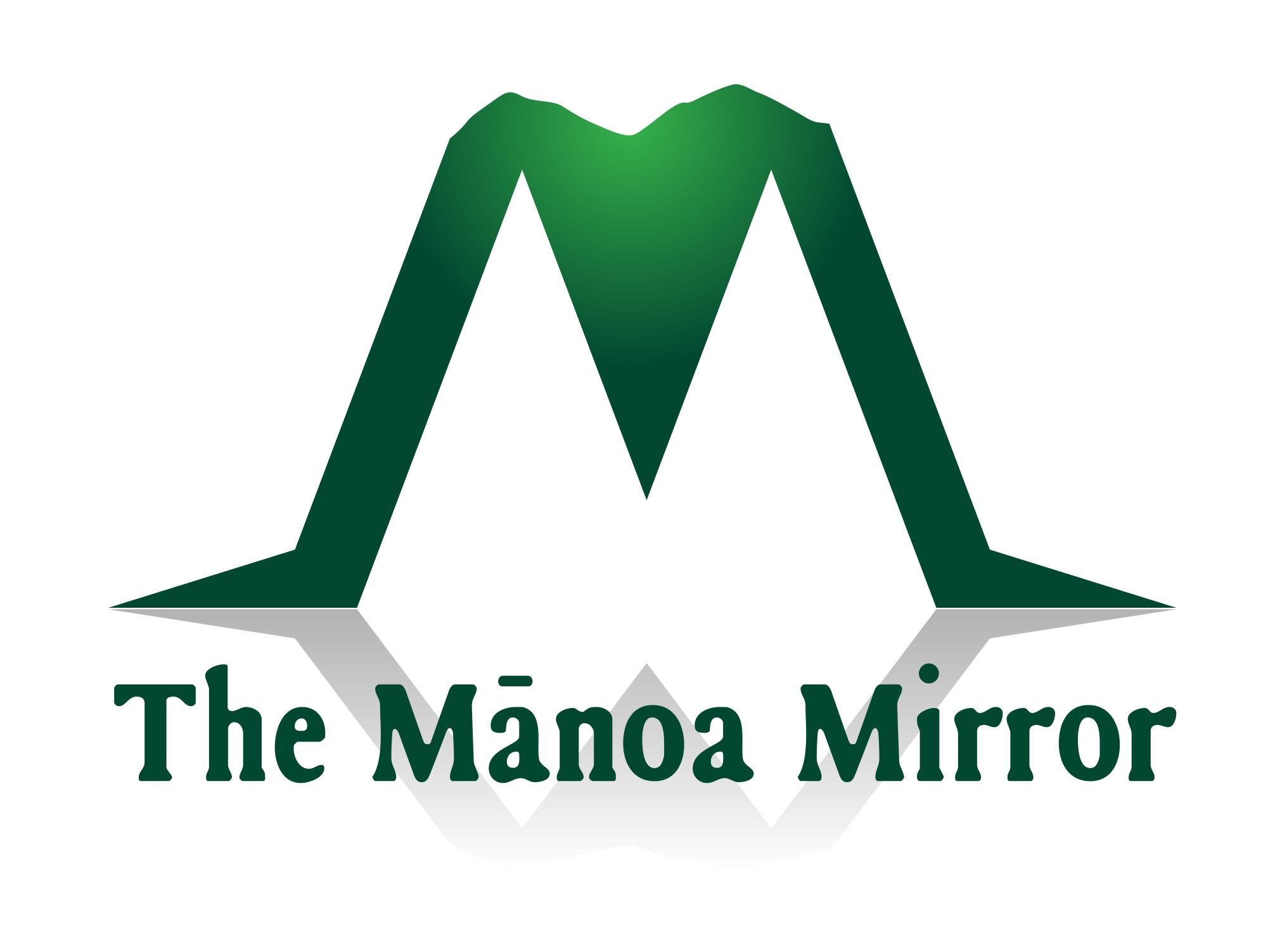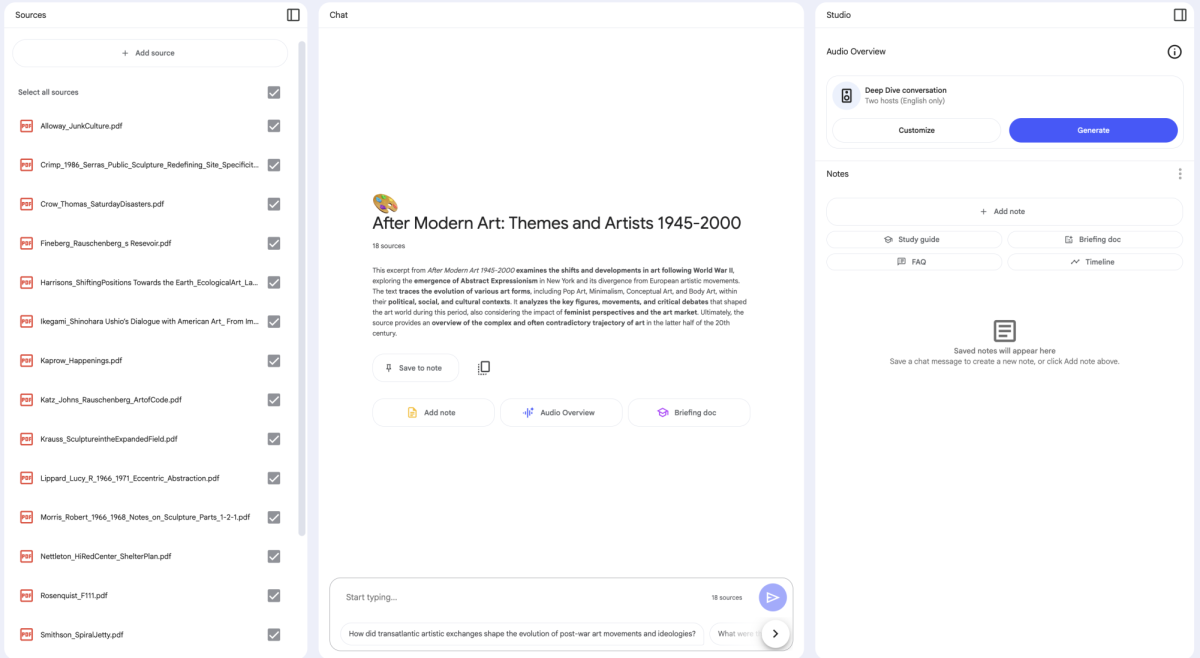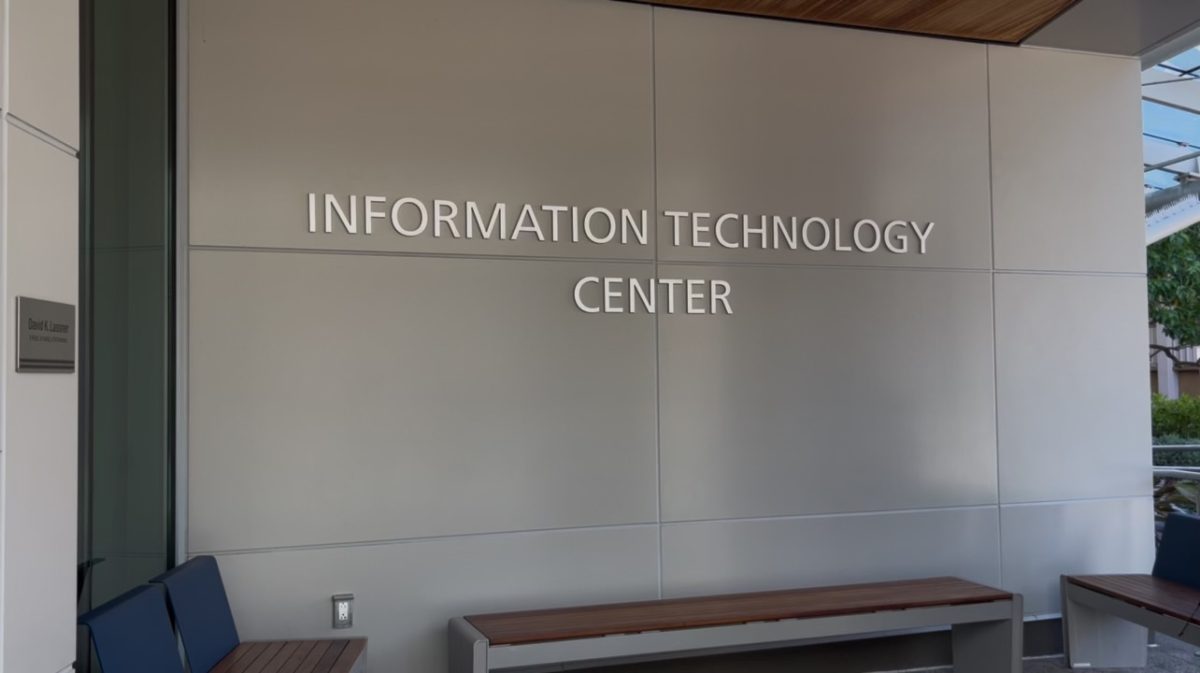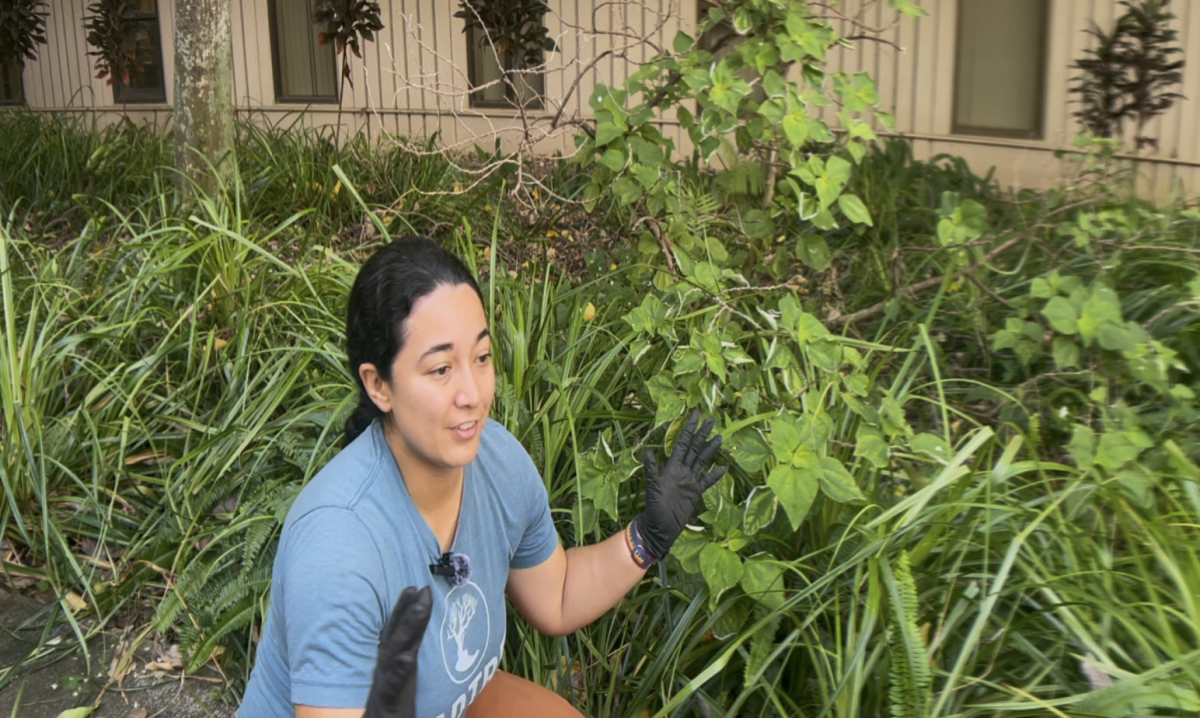For most students, artificial intelligence technology has become a tool to assist them in their studies. Adrian Gomez, a second year masters student at the University of Hawaii at Manoa (UHM), uses tools like ChatGPT to help debug his code.
“Nowadays there are so many AI systems that any one program is good,” Gomez said. “It’s also really good for helping you study, since AI can generate flashcards and other useful study materials.”
Though research on AI and generative AI has been around since the 1950s, it only became widely used around 2022-2023. Tools like Grammarly, ChatGPT, Gemini, OpenAI, and Duolingo have gained popularity in recent years because of their applicability to students and academic life.
Now more companies are incorporating aspects of generative AI to streamline programs, improve efficiency, and tailor their platforms to individual customers. As these new developments become part of daily life, schools find it difficult to balance their use.
UHM takes a decentralized approach to AI policies by empowering faculty and instructors to determine how much use they prefer to have in their class. This has led to a varied approach of some instructors embracing the full use of AI, while others are understandably restrictive.
UHM journalism professor Brett Oppegaard developed an AI tool called journalismwatchdogs.org, which connects watchdog personas with specific programs to improve students’ writing. Urging students to use the tool showcases the integration of generative AI tools across the department and instructor collaboration.
“AI tools mainly for research purposes, to streamline the research process, makes it just a little more efficient,” said journalist and author Nathaniel Gronewold, who believes AI should not be used to shortcut writing papers or homework for a class since the tools are sometimes not accurate.
“AI used to generate your paper is 100% plagiarism,” said Gronewold, who does not condone it under any circumstance.
Educators concerned about plagiarism have minimized the use of AI in general, such as grammar-checking tools, fearing it may undermine students’ writing skills.
Still, Gronewold and others in academia believe AI tools should be incorporated in the right way, because they’re already being used in the real world.
According to the Office of the Vice Provost for Academic Excellence, UHM faculty and students should “experiment with AI tools while staying within legal and ethical parameters.”
For instance, UHM staff can use Google Notebook LM, a generative AI tool that allows users to upload documents, videos, and other content and create comprehensive summaries.
It’s one of the ways instructors and students are able to evolve with the times.








